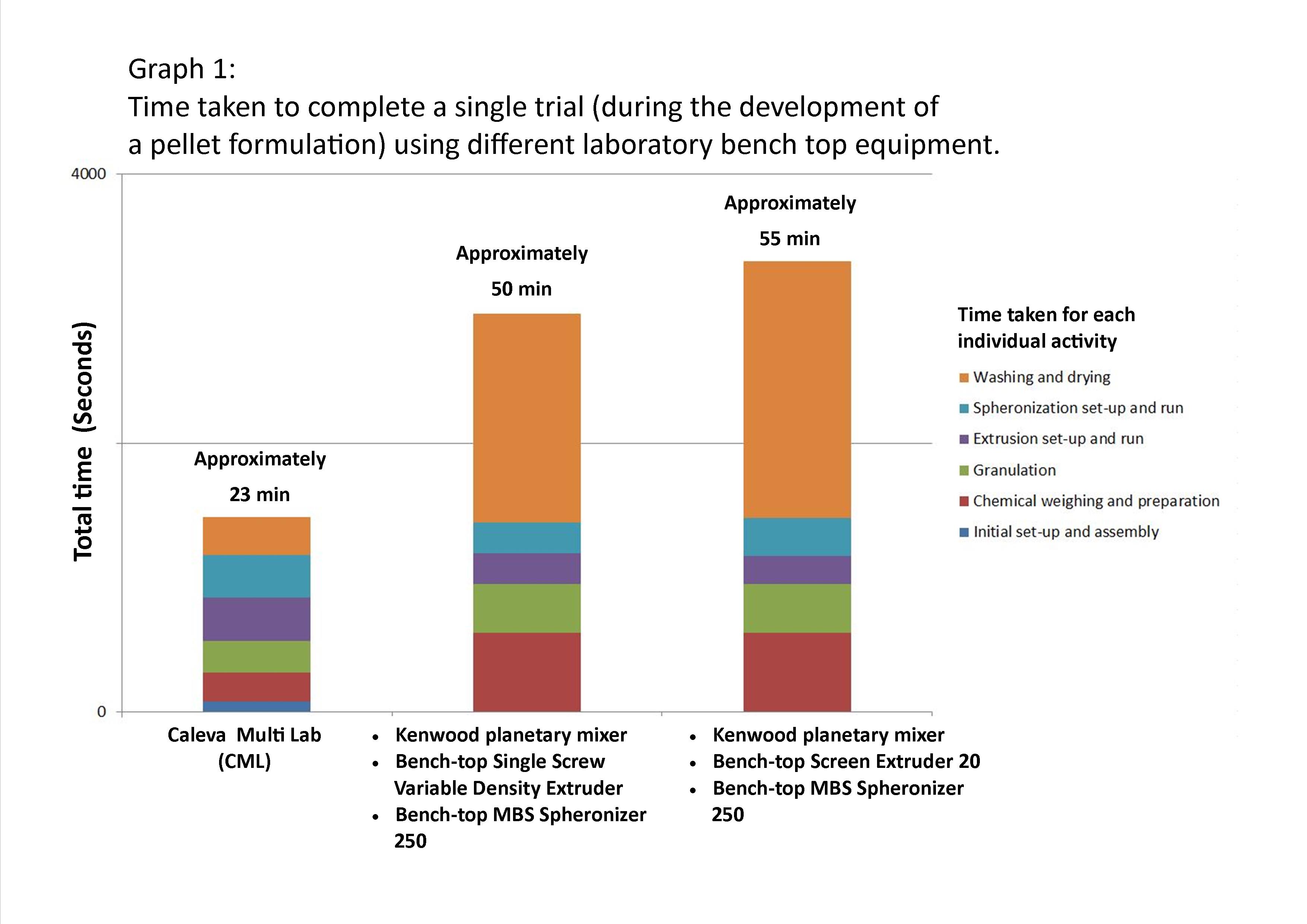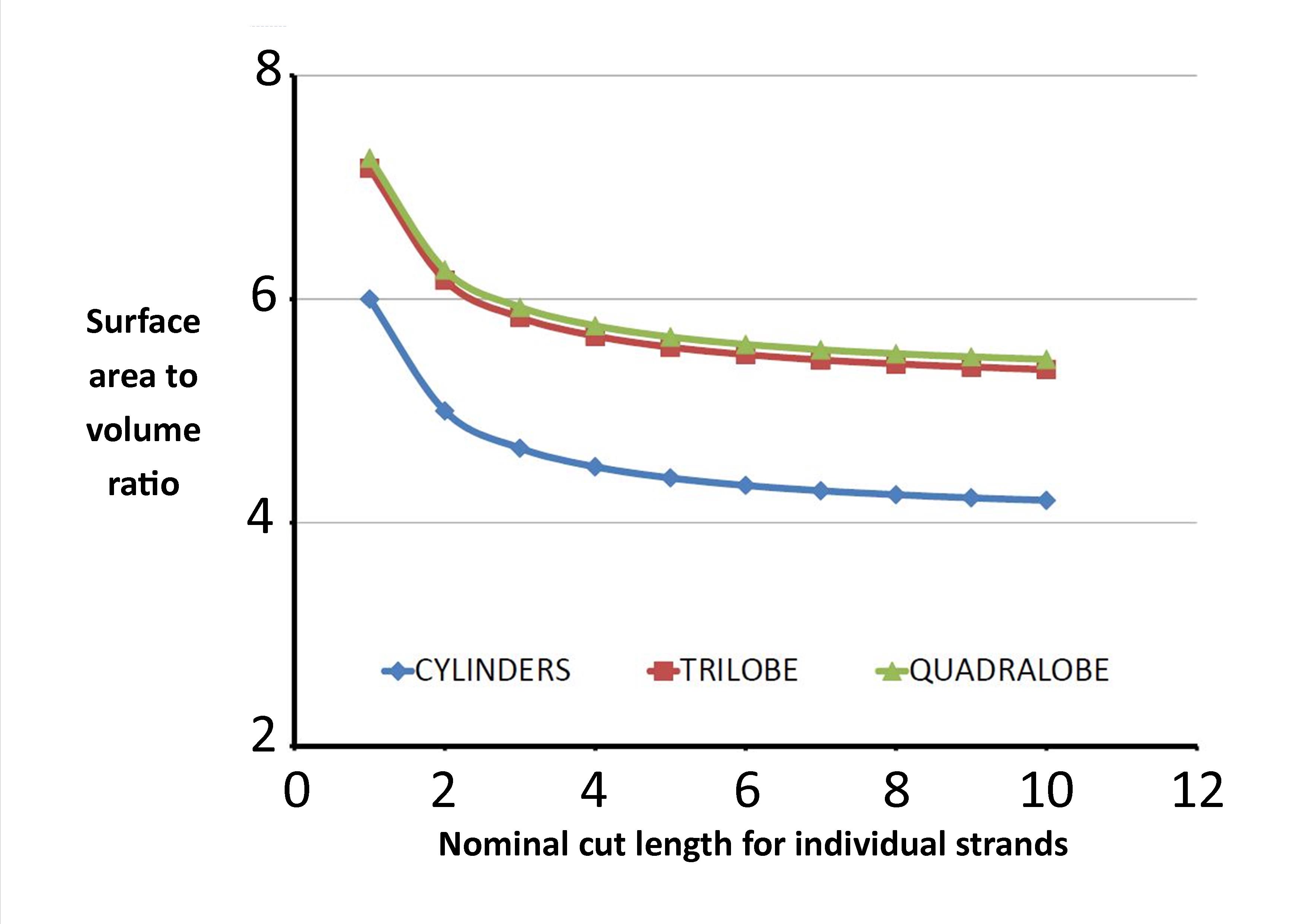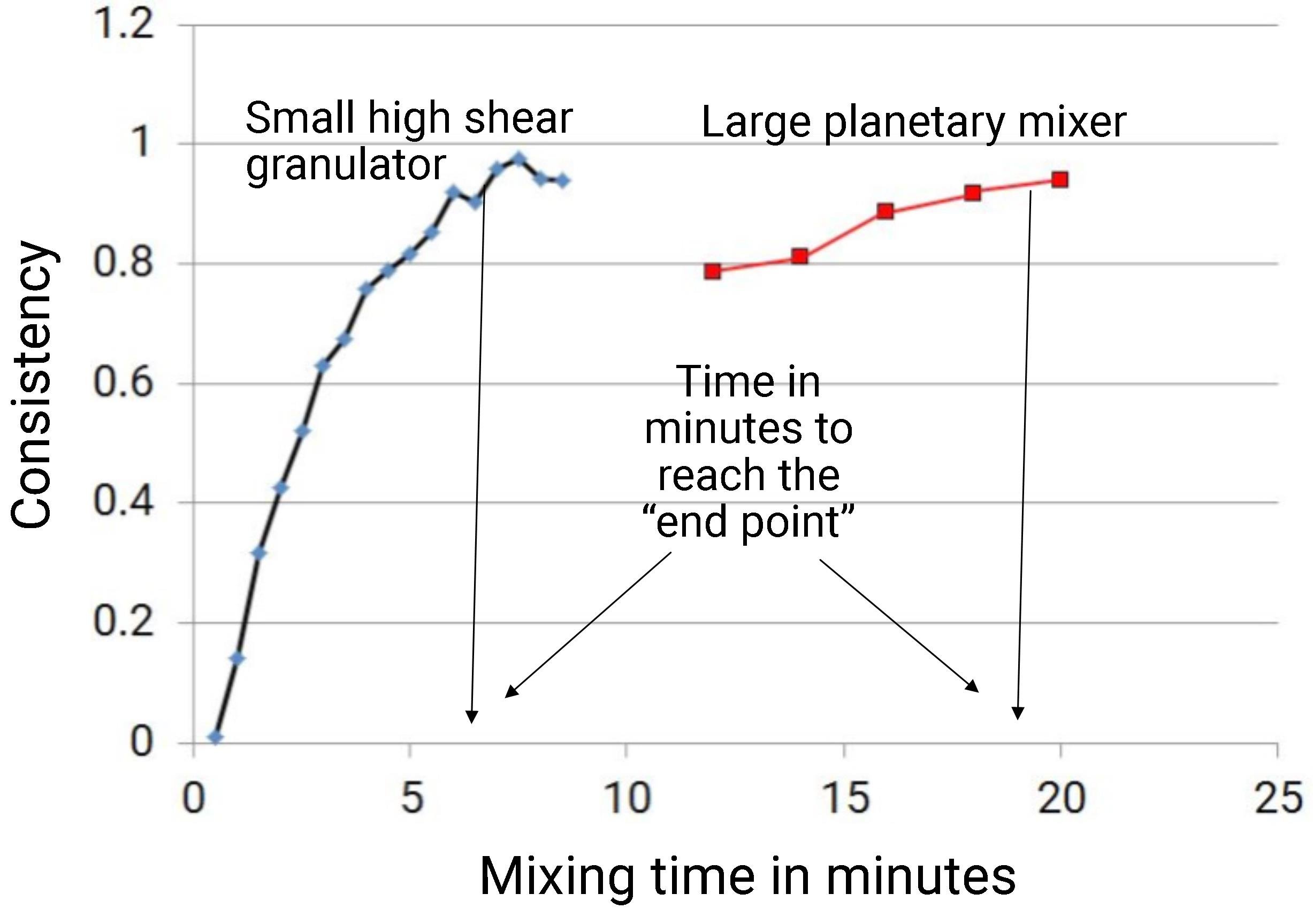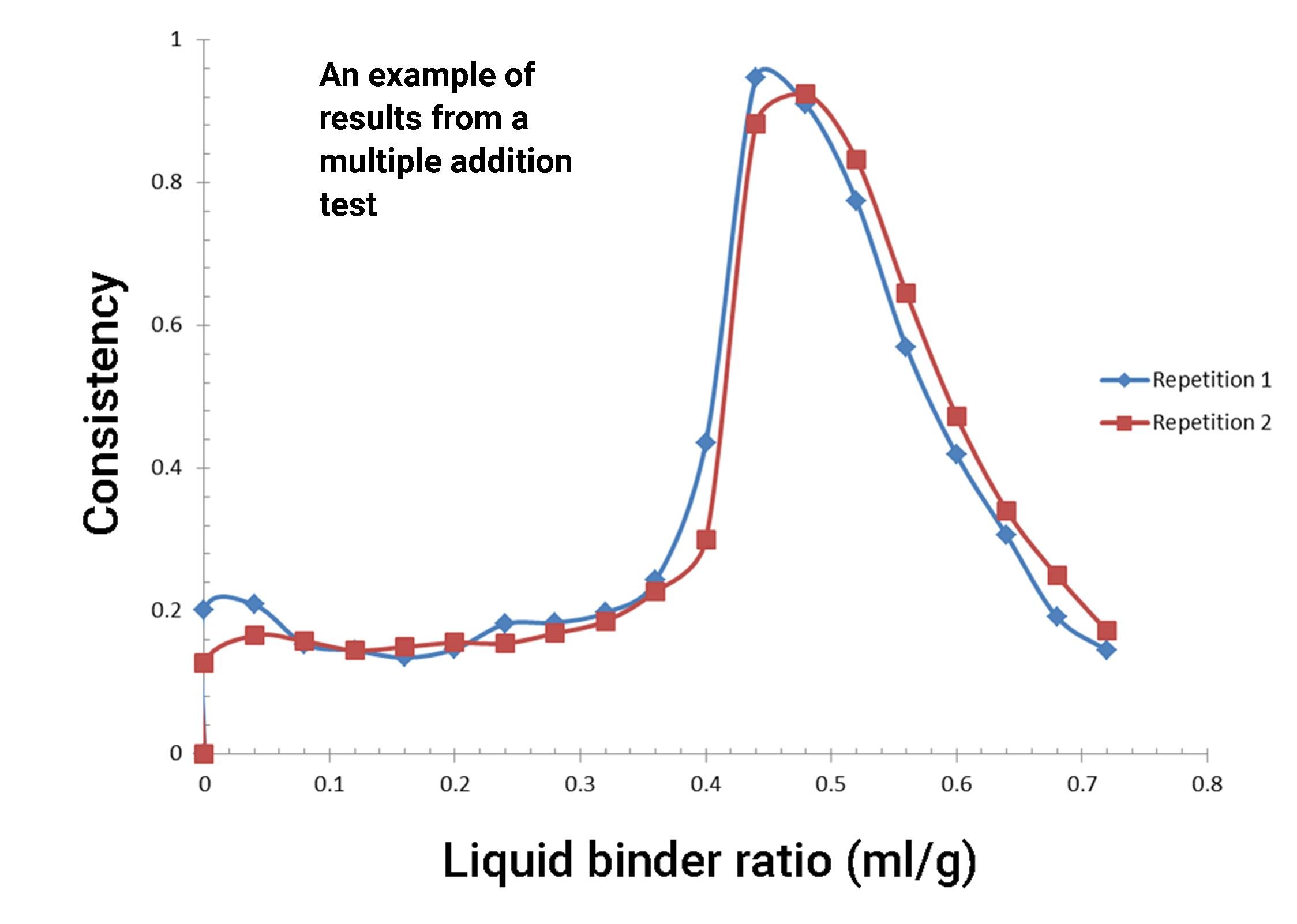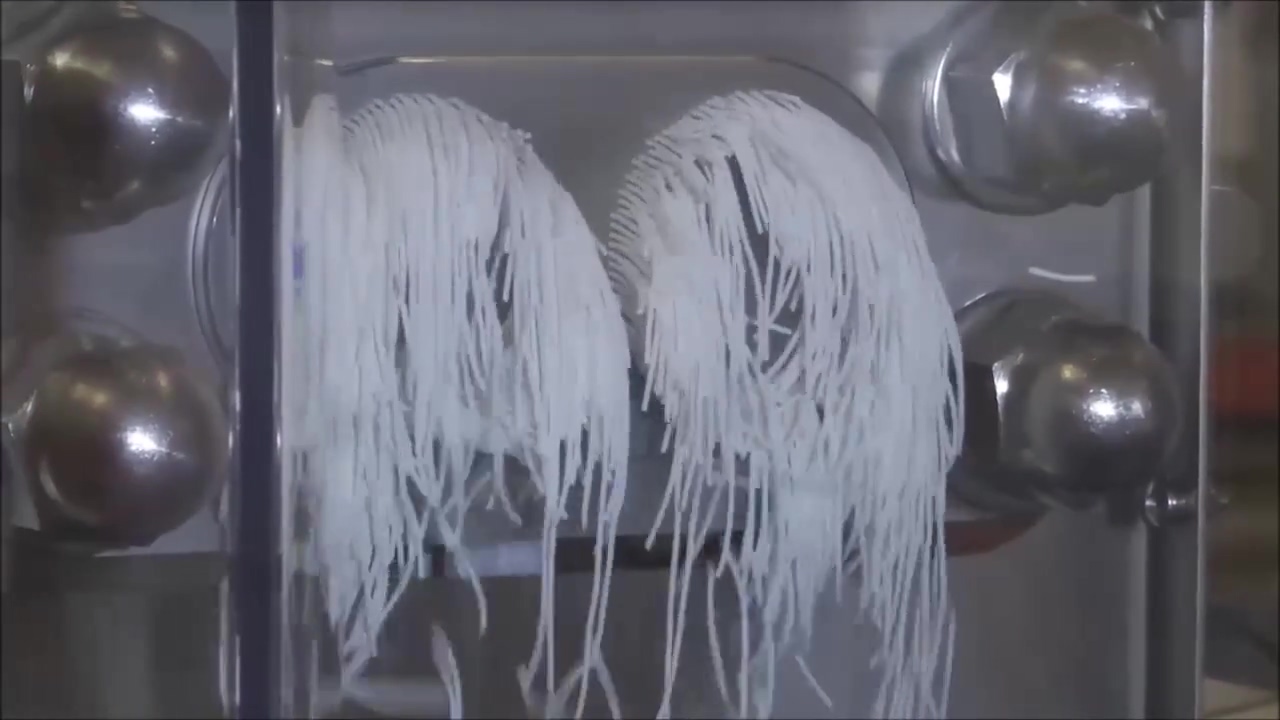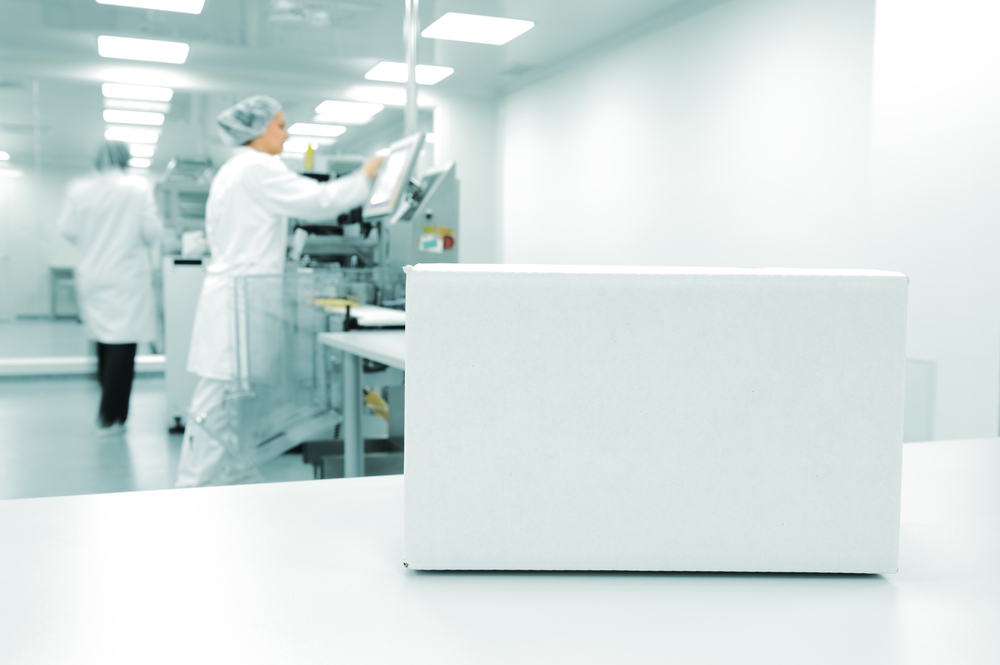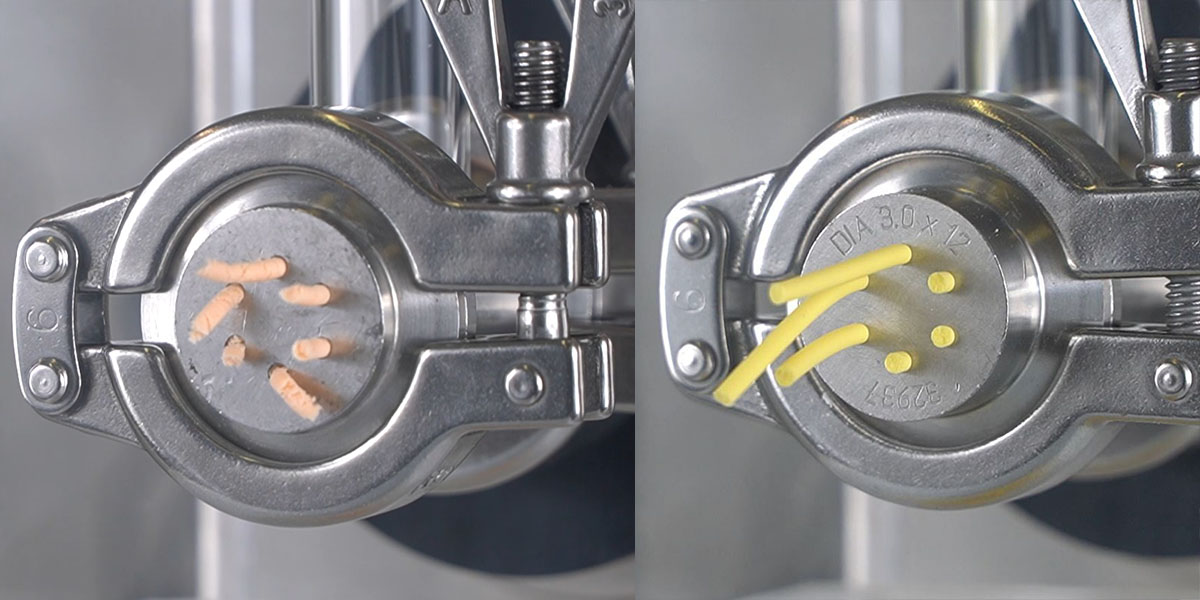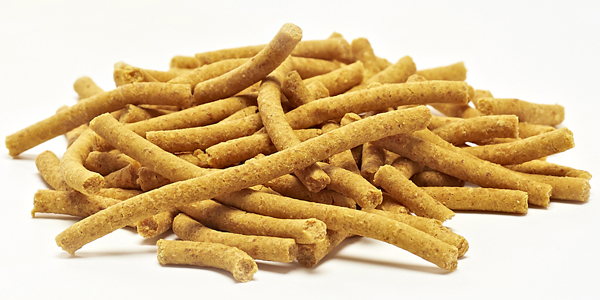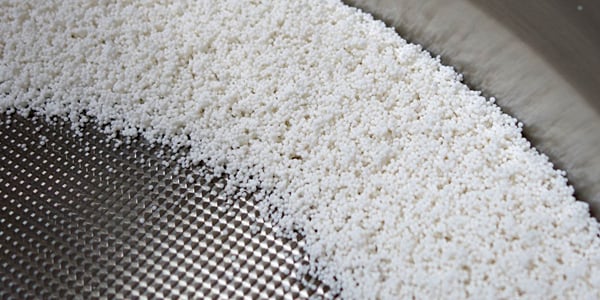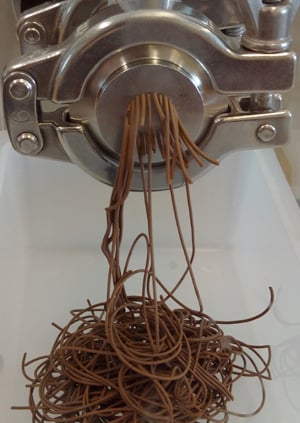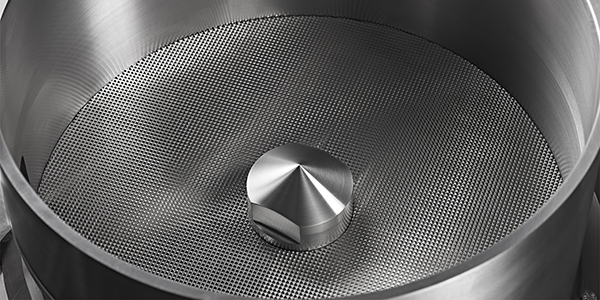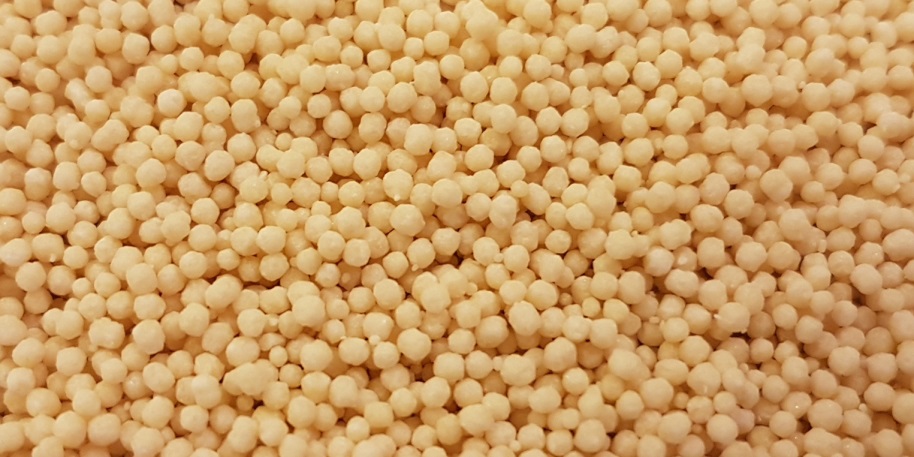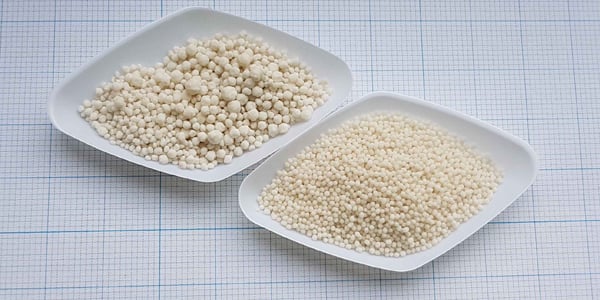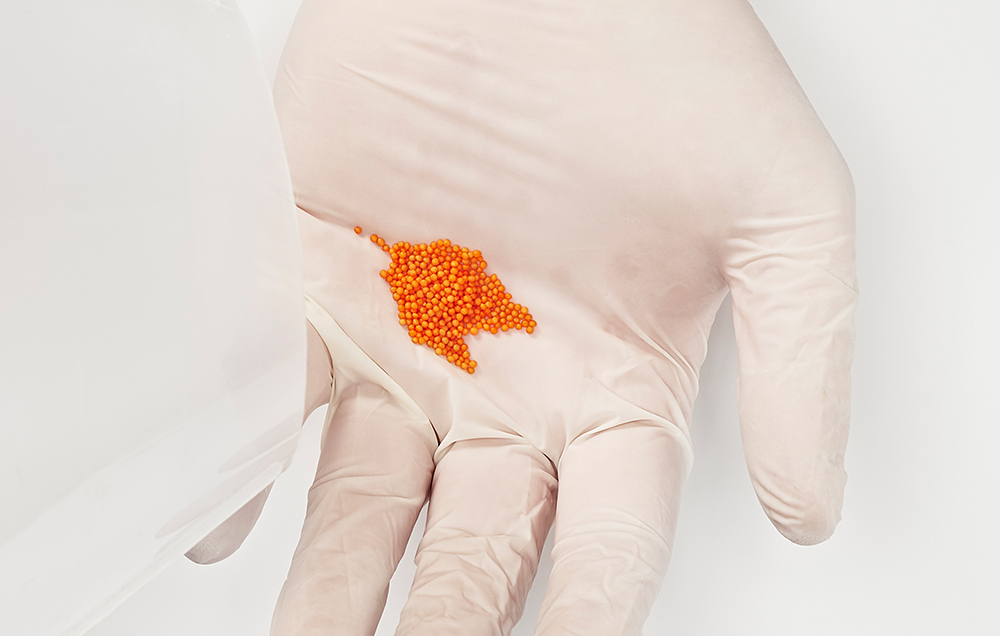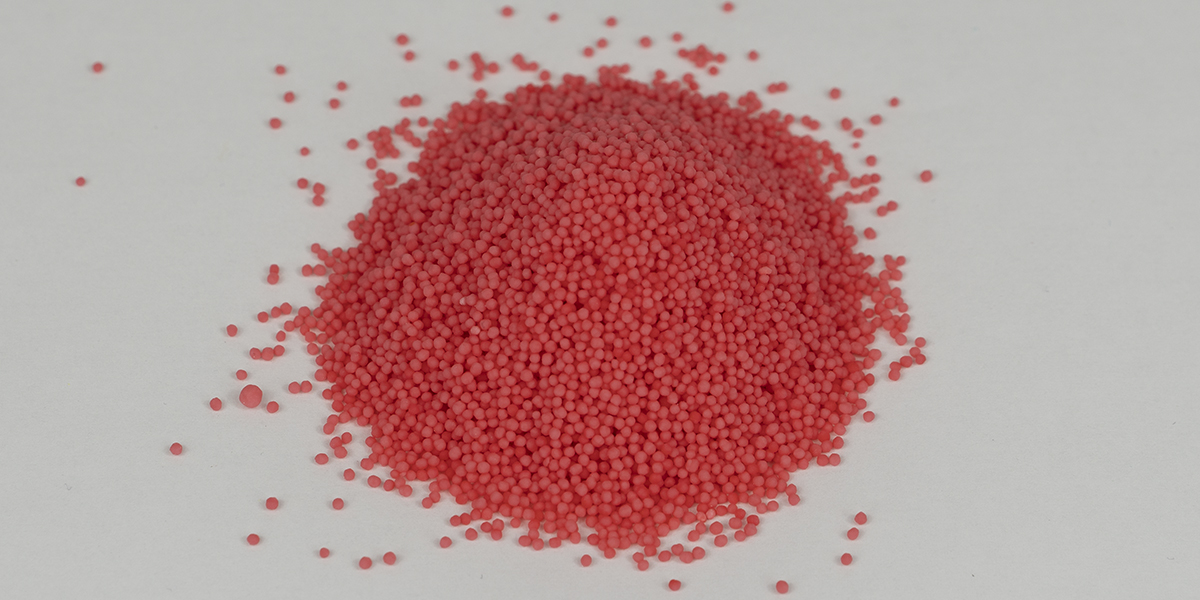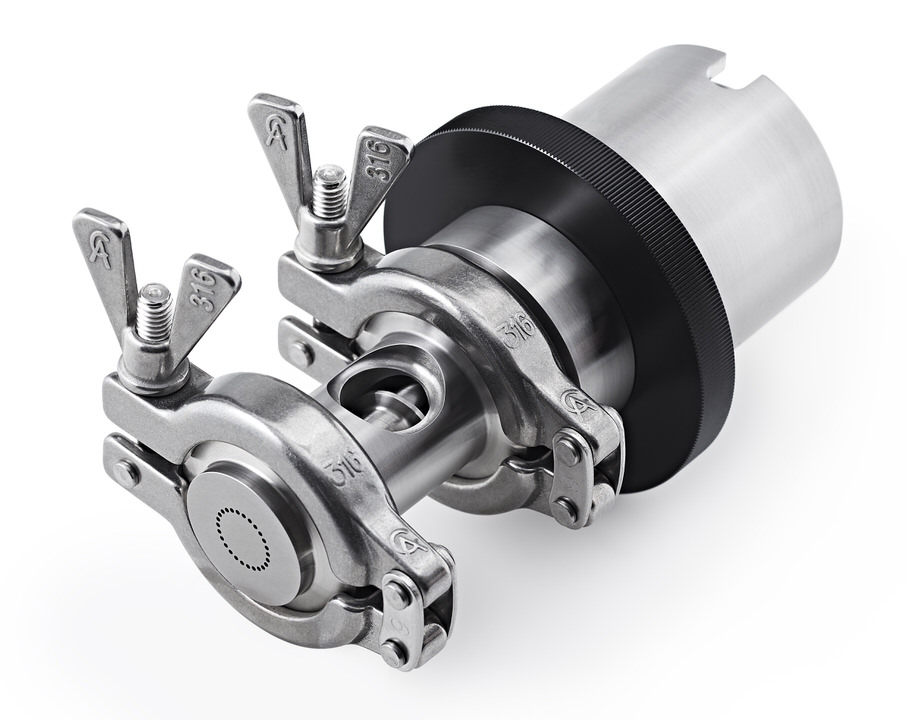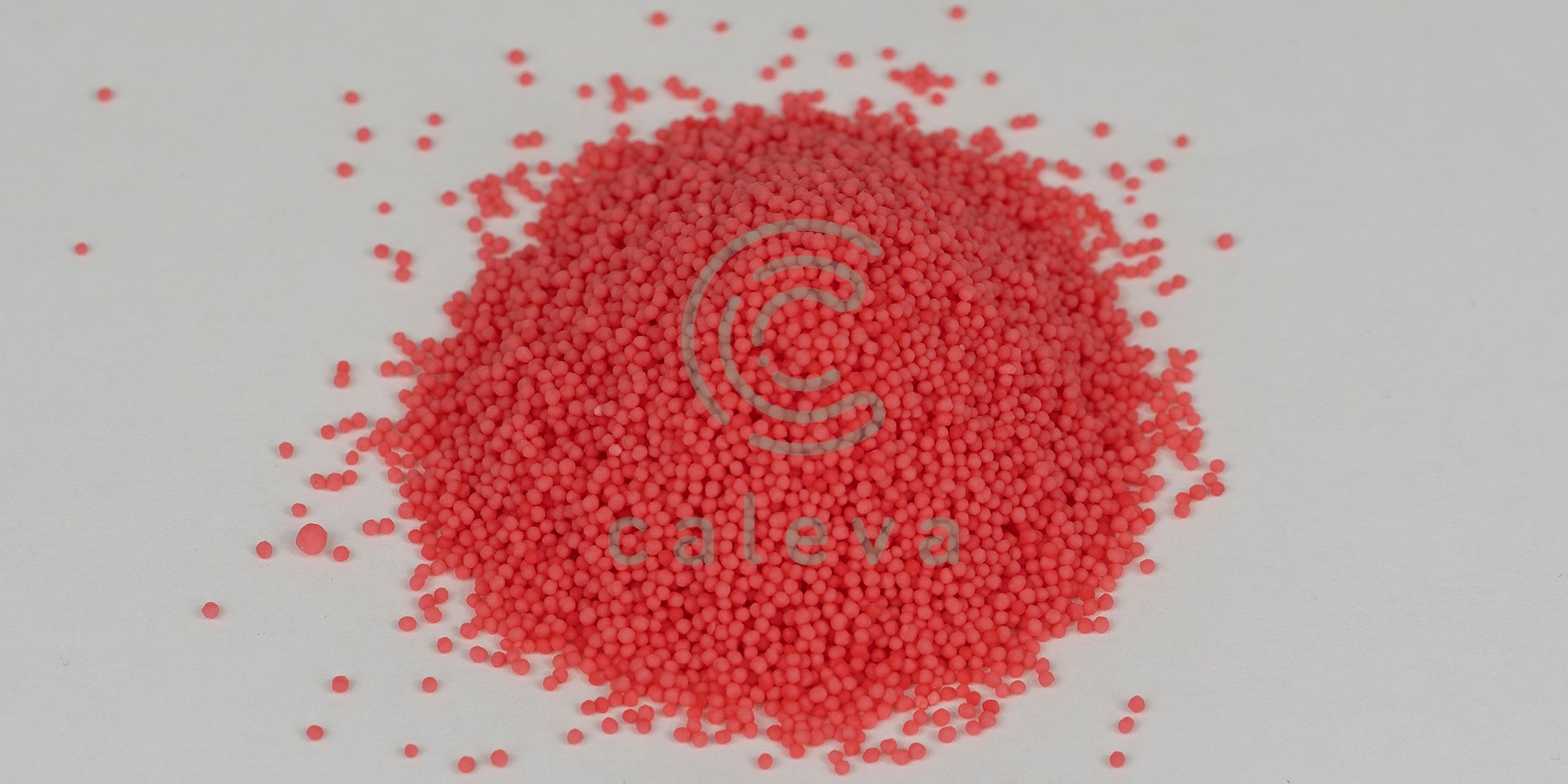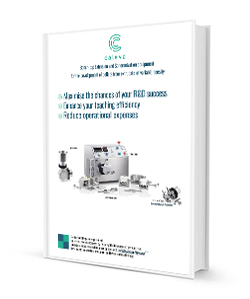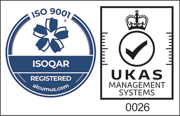Knowledge Base
Guide to the optimum diameter to length ratio of extrudate fragments
Is there a guide to the optimum Length to Diameter ratio of the extrudate fragments?
In the calculations used to demonstrate the data it is assumed that the extrudate is an infinitely long strand. In this case the length of the extrudate has no influence on the data shown. In reality, extrudate is not infinitely long and as the individual strands of the extrudate produced become shorter, the...
How Do You Ensure Consistency During Scale Up?
The Mixer Torque Rheometer's Consistency Test
To ensure consistency is maintained during scale up and production, the Mixer Torque Rheometer can be used to perform a quick and simple test which monitors the consistency of the wet granulation during the mixing phase. This test can be used whether you are working with continuous or batch production.
Formulation development - determine optimum powder to binder ratio
Multiple Addition Test
Binder liquid is added to a dry powder mix and the consistency is measured as the mixing and addition of binder progresses.
The consistency of the mix is measured at regular periods so that the relationship between the amount of liquid binder added to the mix and the consistency in the resulting formulation can be accurately shown.
What type of pharmaceutical or catalyst extruder do I need?
All extrusion processes require the generation of pressure within the material to be extruded. When materials are put under pressure heat is generated. This cannot be avoided but different extrusion types generate different amounts of heat. There are basically three different types of extruder and the one chosen may have far reaching implications on production operations. It is important that the...
What pharmaceutical products or drugs can I make in pellet form?
View a list of suggested uses for pellets in pharmaceutical applications.
What characteristics should my extrudate have?
Extrusion and spheronization is not always completely straightforward. A formulation required for spheronization needs to go through the following processes and achieve the following properties.
What are the standard processes in the manufacture of pellets?
Wet Granulation - Granules are formed by the addition of a granulation liquid onto a bed of powder under the influence of an impeller. This is typically carried out using a high-shear granulator or a simpler planetary mixer.
Should I use spheronization or layering to manufacture pellets?
There are two main ways to make small pellets for drug delivery:
- Drug layering onto inert starter (or seed) pellets that are bought commercially
- Extrusion and spheronization binding the active material in the substrate of the pellet from the beginning
There is no right or wrong way to make pellets. The most appropriate method for your particular application will depend on what you are trying to...
Formulation development of catalyst materials zeolite and bentonite?
We always offer our potential users the opportunity to test their formulation with us in our lab. This is to ensure that installing our machines would be the right decision for their formulation development, and/or their production environment.
This short article has been written from notes that Dr Steve Robinson made during trials with catalysts sent to us by a customer and we achieved some...
Do all extruders and spheronizers have the same level of performance?
Product yields (the percentage of the spheroids produced in a batch that are within the size range required) will never be 100%.
Developing a formulation with a tough waxy cosmetic material
We recently had a visitor from Asia who was trying to solve a problem with their cosmetic formulation. The investigator wished to have approximately 1 mm diameter pellets. The formulation presented was a tough, waxy material in irregular broken blocks that were up to about 10 mm in diameter and was unable to be spheronized into the required size or shape.
Can I spheronize a granulation and skip the extrusion process?
In some circumstances it is possible to omit the extrusion stage, but the results may not be what you need.
It is dependent on what you need to achieve with your result and what you want to do in the next phase of the project. Whether or not you decide to include the extrusion stage will depend on what you want to achieve with your project.
A better therapeutic effect with spheroids
In many cases the main reason for the use of pellets in the manufacture of products is for its controlled release properties. However there are reasons to believe that pellets or spheroids in any case can offer a superior therapeutic effect even when modified release is not the prime objective.
Examples of the terminology used in spheronization and marumerization
Spheronization, marumerization, pelletization and micropelletization all mean the same thing. The manufacture of products in small spheres (spheroids) for use in pharmaceutical (pharma) and catalyst industries. Within each batch the spheroids are of regular shape and size and are quite dense. The products produced by these processes can be called spheroids, spheres, micro-spheres, pellets,...
Do I need a water jacket for cooling on a screw extruder?
The extruder attachment on the Caleva CML does not have a water jacket. Does it need one?
All extruders generate heat and screw extruders generate more than most other extruder types. For this reason, water jackets are generally an integral part of single or twin-screw extruders.
- Given the small batch sizes (10 to 100 g) that are optimum for the CML extruder, a well formulated extrudate will...
How do I Decide Which Laboratory Extruder and Spheronizer I Need?
We are often asked for advice by researchers and teachers who want to acquire laboratory equipment for wet granulation formulation development using the extrusion and spheronization process. However, we typically find that all our equipment users have different requirements. Caleva offer a range of different solutions for extrusion and spheronization in your lab or teaching space. Each solution...
Mixing and granulating small batches
The Caleva Multi-Lab (CML) is capable of performing 3 different processes: Mixing, Extrusion and Spheronization.
This article is about the mixing and granulation phase of the process.
The multi-lab works with a large range of materials from pharmaceutical materials and catalysts, to agricultural products.
The granulator/mixer
The mixer attachment blades thoroughly mix the liquid binder with the...
Mix, Extrude & Spheronize in a single base - watch a video
Call Caleva's friendly team to talk about this unique solution for your applications, whatever your challenges are.
The Caleva Multi-Lab (CML) is often considered to be the flagship of Caleva lab equipment.
Being able to perform 3 different processes rapidly in one machine with a footprint just slightly larger than an A3 piece of paper, makes the CML a welcome addition to any lab space that...
The Caleva Family of Laboratory Equipment
Whilst you may have heard of Caleva and any one of its flagship pieces of equipment, we'd like to introduce you to the family of Caleva laboratory equipment that you may find helpful for your application in your industry sector. Choose one process or choose all of them. Select further functions as you need them. This adaptable and future proof suite of equipment will allow you to obtain proof of...
